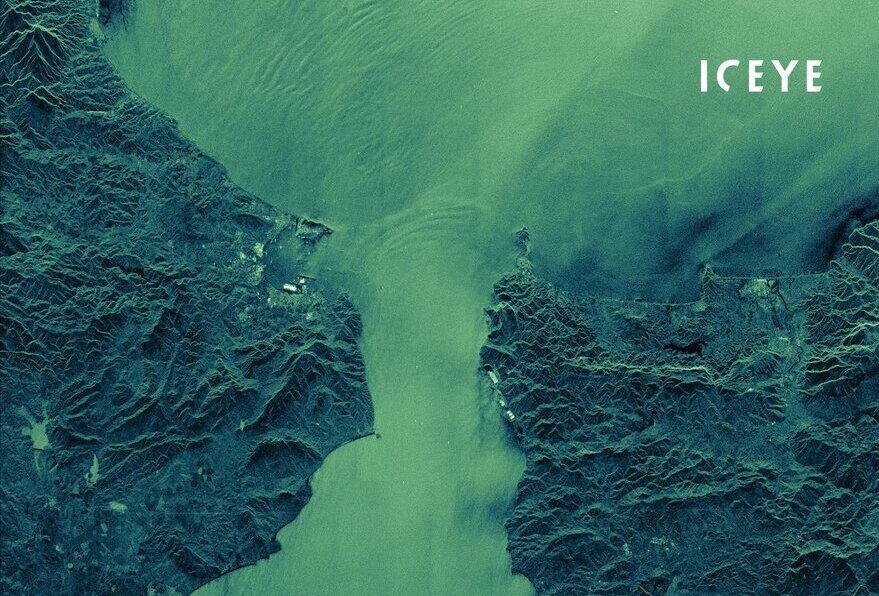NATIONAL HARBOR, Md. — The good news for the Earth observation industry is that their capabilities to collect and analyze imagery are better than ever. The bad news for the industry is that many prospective customers don’t understand those capabilities.
During a panel session of the Satellite 2021 conference Sept. 9, industry officials lamented that, even as they’re developing ever-greater capabilities to monitor the planet using optical imagery and synthetic aperture radar (SAR), potential users aren’t aware of those capabilities or have outdated knowledge of how it works.
That includes people within the space industry itself. “In the early days I was completely blown away by the capabilities, and I’ve been in the space and satellite industry for the better part of two decades,” said Nicole Robinson, who joined Ursa Space Systems as its president earlier this year after working at satellite operator SES. “We have some work to do as a community.”
Ursa takes optical, SAR and other data and analyzes it to provide insights for a range of industry sectors. One challenge, she said, has been “open, affordable” access to data. “It’s effectively the e-commerce side of satellite intelligence,” she said.
She said her company is working to make its data analysis platform open enough, and inexpensive enough, so that a user can come in, select an area and time frame to perform change detection analysis, and purchase it with a credit card, an approach she called “pay by the drink.”
“You don’t have to enter into a $500,000 subscription to do it,” she said. “It would be a complete change for this industry if we made our data more accessible, easier to buy, easier to ingest.”
Companies that produce satellite imagery say they’re trying to “re-educate” customers on what their systems are capable of. “We’ve had to launch pilots to get some of these customers to understand the difference traditional mapping companies and rapid revisit activity and intelligence companies. It’s been a bit of a struggle,” said Patrick O’Neil, chief data scientist at BlackSky.
One issue, he said, is getting customers used to the idea that companies like BlackSky, which operates a growing constellation of satellites, can take images of the same area several times a day. “A lot of the perception of satellite imagery and remote sensing in these spaces has really been formed over the last several decades,” he said. “You have to really reframe what we do. We’re not going to have to move the heavens to take a single shot in the next day, which had traditionally been the case.”
“It’s a lot of getting Iceye’s message out there, and what you can do with SAR,” said Andrew Parlock, senior director of sales for Iceye U.S. That includes explaining how SAR satellites, like the constellation operated by Iceye, can take images regardless of weather and lighting conditions.
Asked if customers understand the power of such imagery, he responded, “Kind of.” The real challenge is explaining the ability of constellations to provide rapid revisits, combined with analytics for capabilities like change detection. “This is something that may have been able to occur once every two to three weeks,” he said. “We can now deliver this product once every 24 hours.”
The good news, O’Neil said, is that once potential customers understand what modern imaging satellite systems and their associated analysis tools are capable of, they often become avid users. “Once you widen the aperture for them and show what’s possible automatically, instead of this very bespoke solution they’re used to, it really changes their thinking,” he said. “Once they’re on, they’re hooked.”
